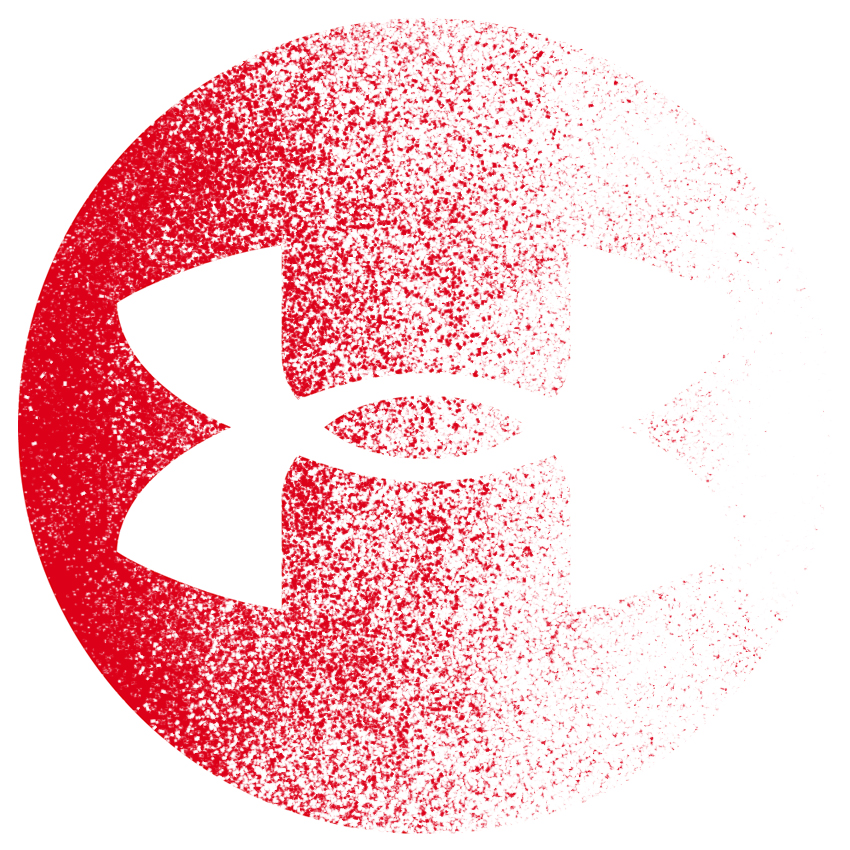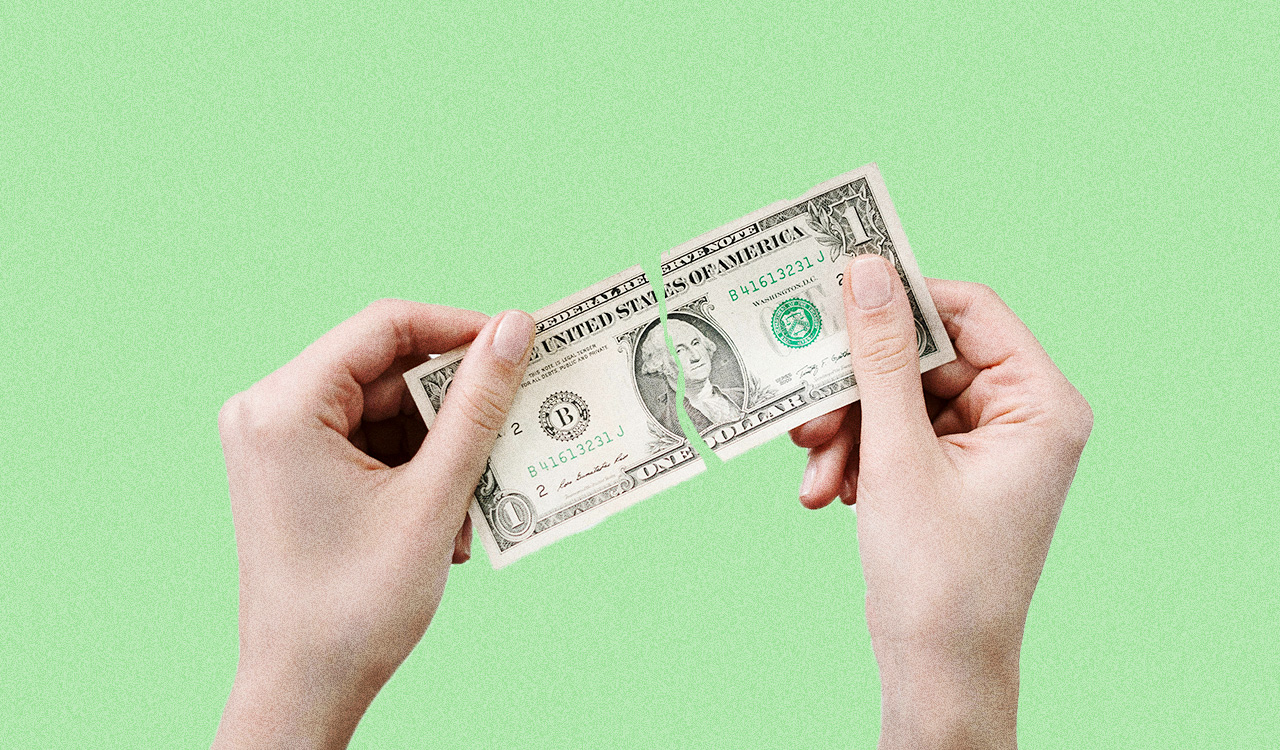Let\’s hear it one more time: Those who were at-risk before Covid-19 are more likely to succumb and die from it. And Under Armour came into the pandemic on life support. In fact, it had its own pandemic virus beginning at the end of 2016, and I wrote about it: \”Is Kevin Plank into \”Alt-Facts?\”. The Q4 2016 results presaged the early symptoms of an Under Armour pandemic, which would continue to ravage the brand right smack into the throes of Covid-19. Prior to those Q4 results of a mere 12 percent increase in revenues, Under Armour was hitting the ball out of the park with 26 consecutive quarters of 20 percent-plus increases in sales.
Who would have thought this brand, launched in 1996 and scaled to about $4.8 billion by 2016, would hit the proverbial wall as it headed into 2017? And it\’s been flatlining through 2019, hovering around $4.9 billion a year. This, of course, doesn\’t even come close to the $10 billion business that CEO Kevin Plank was boasting UA would reach. But that was before the wall got in their way. To add insult to injury, gross margins have been falling since the first quarter of 2015.
[callout]Under Armour is competing against its financially stronger, deep-pocketed competition by entering a race to the bottom, literally speeding into the blood bath of price promoting and selling an apparel category that fewer and fewer consumers are interested in.[/callout]
Worse Than the Perfect Storm
Three enormous weather fronts colliding simultaneously would have been bad enough. Expanding on the metaphor, the three forces were hubris, positioning drift and the typical entrepreneur\’s blindside. They propelled the storm that raged into 2017, carrying its destruction well into 2019, and finally shocking Kevin Plank enough that he kicked himself up to be executive chairman and brand chief. He boosted Patrik Frisk, former COO, to be the CEO effective January 2020. Most entrepreneurs have a high level of self-confidence, otherwise they would not take such great risks.
Obviously, Kevin Plank had that trait in spades as he launched the brand. Its rocket-like takeoff, accelerating over 26 consecutive quarters of 20 percent-plus revenue increases obviously fueled Mr. Plank\’s excessive confidence. By the numbers, why wouldn\’t it? However, such over-confidence defines hubris, which is dangerous because it can become a barrier to change.
The trap is that one comes to believe that what they have created is so successful, all they have to do to grow is do more of the same. And that\’s when hubris becomes a barrier to change and it leads to what I have coined as \”positioning drift\” (also referenced in my recent article as causes for the demise of J Crew and Neiman Marcus). Positioning drift is when a brand stubbornly (combined with hubris) stays aligned to its core customers (e.g., who built UA\’s great success), while these customers have evolved and grown out of and leaving the brand\’s magic. This hubris fails to evolve (reposition) the brand to the preferences of the new generation of consumers.
The third weather front in UA\’s case is the entrepreneur\’s blind side, which is also exacerbated by hubris. Entrepreneurs are great innovators, as is Plank. However, most are not great operators. And many, while riding on their immediate waves of success, do not have a sense of when its time to step aside and allow a professional business manager to take the helm. Plank finally did. However, is it too late, as Frisk sails the brand into the unknown rocky seas of Covid-19, which is the fourth weather front? The pandemic threatens to turn the perfect storm into an apocalypse.
Sailing the Titanic?
So, new CEO Frisk is the captain of an already badly damaged ship sailing into the unknown of the pandemic, after almost three years of flatlining and tipping downward. In Under Armour\’s 2020 first-quarter earnings call, they reported that losses exceeded $590 million (against a loss of $63 million in Q1 2019), and 80 percent of its own stores, as well as its wholesale customers, were forced to close. Revenues dropped to $930 million, down from $1.2 billion during Q1 2019.
With enormous understatement, Frisk said he was \”not expecting a quick return to normal\” and is prepared for \”the road ahead to be bumpy.\” Bumpy? Like a few craters? Wow! Talk about understatement. UA\’s \”normal\” was already tanking before Covid-19 even appeared. And similar to the dismal Coronavirus statistics, CFO David Bergman said revenues for Q2 could be down as much as 50 or 60 percent.
Stuck in Positioning Drift
With great conviction, laden with hubris, early in 2019 Kevin Plank declared UA would \”double down on performance,\” claiming it to be UA\’s differentiator. \”That\’s what gives us our reason for being … that premium performance positioning,\” said Plank. And what does the new CEO have to say about this positioning? \”We\’re going to stick to it for now. We are centered in athletic performance. There\’s no change to this purpose, and now, even more clearly, as the world continues to persevere through these challenging times, health, fitness, and wellness are even more center stage,\” said Frisk. He did mention they had conducted interviews with close to 50,000 consumers globally and the results made him more confident of their strategy.
I wonder how many of those consumers they interviewed were among the new generation of consumers vs. their core loyalists who will eventually drift away? Drift away??? It seems they are running away. Plank\’s big brand differentiator is correct. But it\’s a differentiator moving in the wrong direction. The world has been, and still is moving to athleisure, one of the hottest apparel categories. Many heads were scratched about why UA didn\’t jump on the trend.
Regarding the performance positioning, Retail Dive reported, \”The NPD Group on May 7 released a report detailing increases in sport and home fitness equipment, but that is buoying sales of yoga mats, basketball hoops and free weights, not performance apparel and footwear. In fact, in an April 22 note, NPD Vice President and Senior Industry Advisor of Sports, Matt Powell, said athletic footwear sales in Q1 were down in the mid-teens, and Under Armour specifically was down 25 percent, compared to declines in the teens for Nike, Adidas, Skechers and Asics. Sweatpants, \’the official work from home uniform,\’ grew in the low singles, but every other main category of activewear apparel declined.\”
Furthermore, Frisk noted Under Armour is \”grounded in team sports.\” Hellooo!! When are team sports going to come back? And remember, one of the unknowns is whether there will be a wave two of the virus in the fall, further pushing team sports into the future?
A Do or Die Repositioning Moment
To review, Kevin Plank, the successful entrepreneur stepped aside, redeploying his skills where they could best be used. Patrik Frisk took the helm, replacing Plank as CEO. Had the brand been at its peak, rather than heading into its downturn (and worse into the black unknown world of Covid-19), Frisk\’s skills as a business manager and \”operator,\” so to speak, might have been enough to stabilize UA and eventually find a path to profitable growth.
However, that is not where Under Armour is. The brand is competing against its financially stronger, deeper-pocketed competition and will be entering a race to the bottom, literally speeding into the blood bath of price promoting and selling an apparel category that fewer and fewer consumers are interested in.
Under Armour needs a successful Hail Mary pass; essentially a seismic repositioning of the brand, and fast — real fast.




